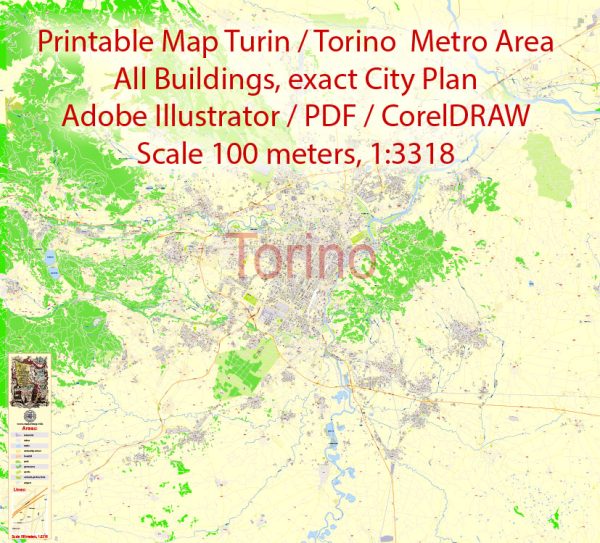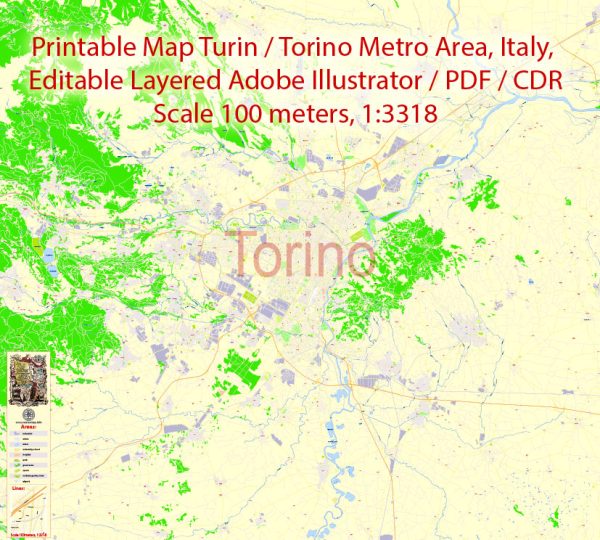Turin, the capital city of the Piedmont region in northern Italy, has a rich history of urban development that spans centuries. Here is a brief overview of Turin’s history of urban development:
- Roman Period (1st century BC – 5th century AD): Turin, known as Augusta Taurinorum in Roman times, was founded by the Romans in the 1st century BC. It served as a military outpost and later became a significant Roman city. The layout of the city was typical of Roman planning, with a grid pattern of streets.
- Medieval Period (5th century – 15th century): After the fall of the Roman Empire, Turin went through a period of decline and invasions by various barbarian tribes. In the 10th century, the city became part of the Holy Roman Empire. Turin’s urban development during this time was characterized by the construction of medieval fortifications, including the Turin Castle.
- Savoyard Period (15th century – 19th century): Turin became the capital of the Duchy of Savoy in the 15th century. Under the House of Savoy, the city experienced significant growth and development. The Renaissance and Baroque periods saw the construction of grand palaces, churches, and public squares. The layout of the city was gradually transformed, and the Piazza Castello became the heart of Turin.
- 18th and 19th centuries: Turin continued to flourish under the House of Savoy during the 18th and 19th centuries. The city’s architecture was influenced by French and Baroque styles. Notable landmarks from this period include the Palazzo Madama and the Royal Palace. Turin also became an important center for the arts and sciences during the Enlightenment.
- Industrialization (19th century): In the 19th century, Turin became a major industrial center, particularly in the automotive and manufacturing sectors. The city expanded rapidly, and new neighborhoods and industrial zones were developed. The introduction of the automobile industry, with companies like Fiat, had a profound impact on the city’s urban landscape.
- 20th century: Turin played a significant role in Italian history during the 20th century. The city was heavily affected by World War II, and post-war reconstruction led to the development of modern infrastructure and residential areas. The Lingotto building, once a Fiat factory, is an iconic example of industrial architecture repurposed for contemporary use.
- Contemporary Period: In recent decades, Turin has undergone further urban redevelopment, with a focus on preserving its historical heritage while modernizing infrastructure. The city has invested in public spaces, cultural institutions, and sustainable development projects.
Today, Turin is a vibrant city that blends its rich history with modern amenities, making it a cultural, economic, and technological hub in northern Italy.



 Author: Kirill Shrayber, Ph.D.
Author: Kirill Shrayber, Ph.D.